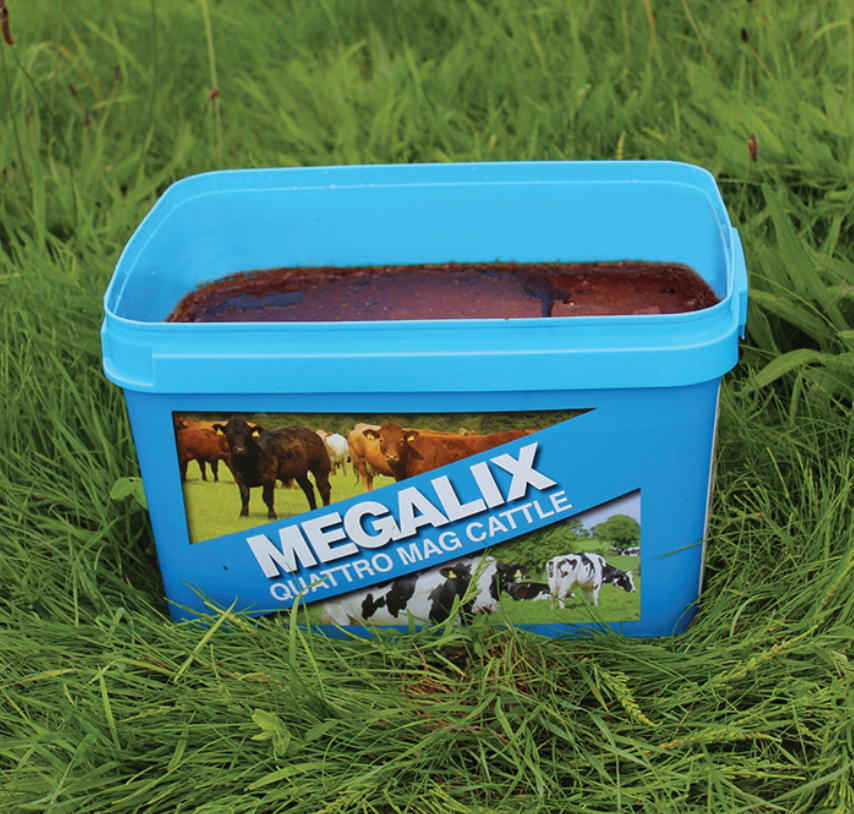Grass staggers, tetany, hypomagnesaemia, call it what you like but spring magnesium deficiency in ruminants can be both expensive and fatal.
Fast-growing spring pasture is low in magnesium and high in moisture. This, together with less supplementary feed used at grass means that magnesium intake is reduced. To make matters worse, magnesium absorption in the animal’s gut can be compromised by high fertiliser use, particularly when potassium is added to the pasture. If the challenge of low magnesium supply is not enough, stress can also reduce blood magnesium levels making a dangerous situation critical.
The problem of staggers is mainly seen in but not confined to lactating livestock during the spring grazing period with the risk period lasting anywhere between three and ten weeks. Animals do not store magnesium in the body and clinical hypomagnesaemia will occur when the losses of magnesium through the milk exceed the dietary intake allowing blood levels to fall below a critical level. Classic symptoms of nervousness, twitching, stiffness, staggering and collapse can follow although many cows showing no signs of the deficiency will have reduced milk yield.
There are several options available to tackle grass staggers:
1. Add Cal Mag to any buffer feed (minimum 50gms/head/day)
2. Increase Mag level in your mineral
3. Place high magnesium tubs out in the field
4. Add Mag chloride flakes to water supply
MEGALIX Quattro Mag
MEGALIX Quattro Mag was the UK’s first high magnesium tub that offers four sources of magnesium, containing two slow releasing and two fast releasing magnesium sources offering ultimate protection against staggers.
MEGALIX Quattro Mag is available in 20kg/80Kg tubs and provides a convenient means of supplying 24 hour access to magnesium for livestock. Simply distribute among livestock at a rate of 1 tub per 20 head before and during known risk periods and monitor daily intake.

